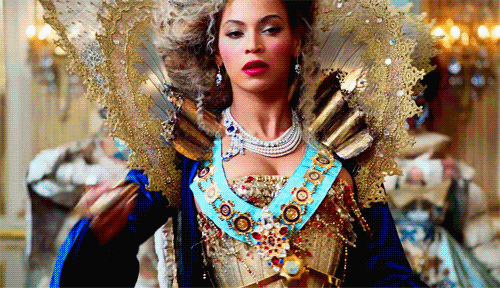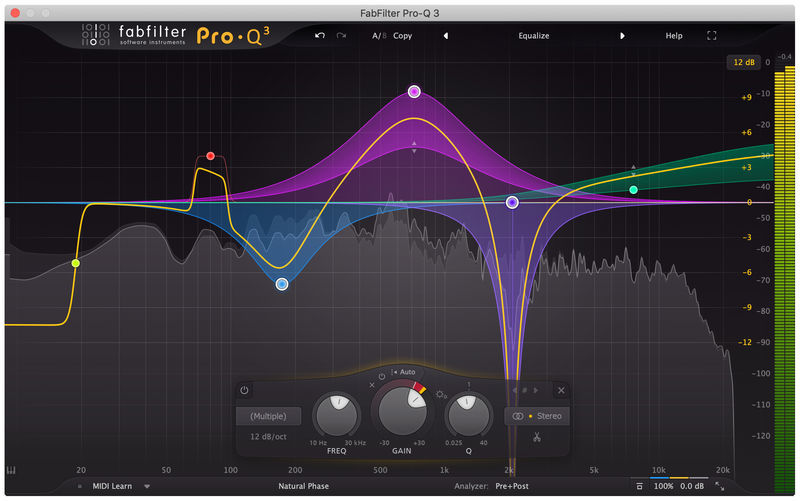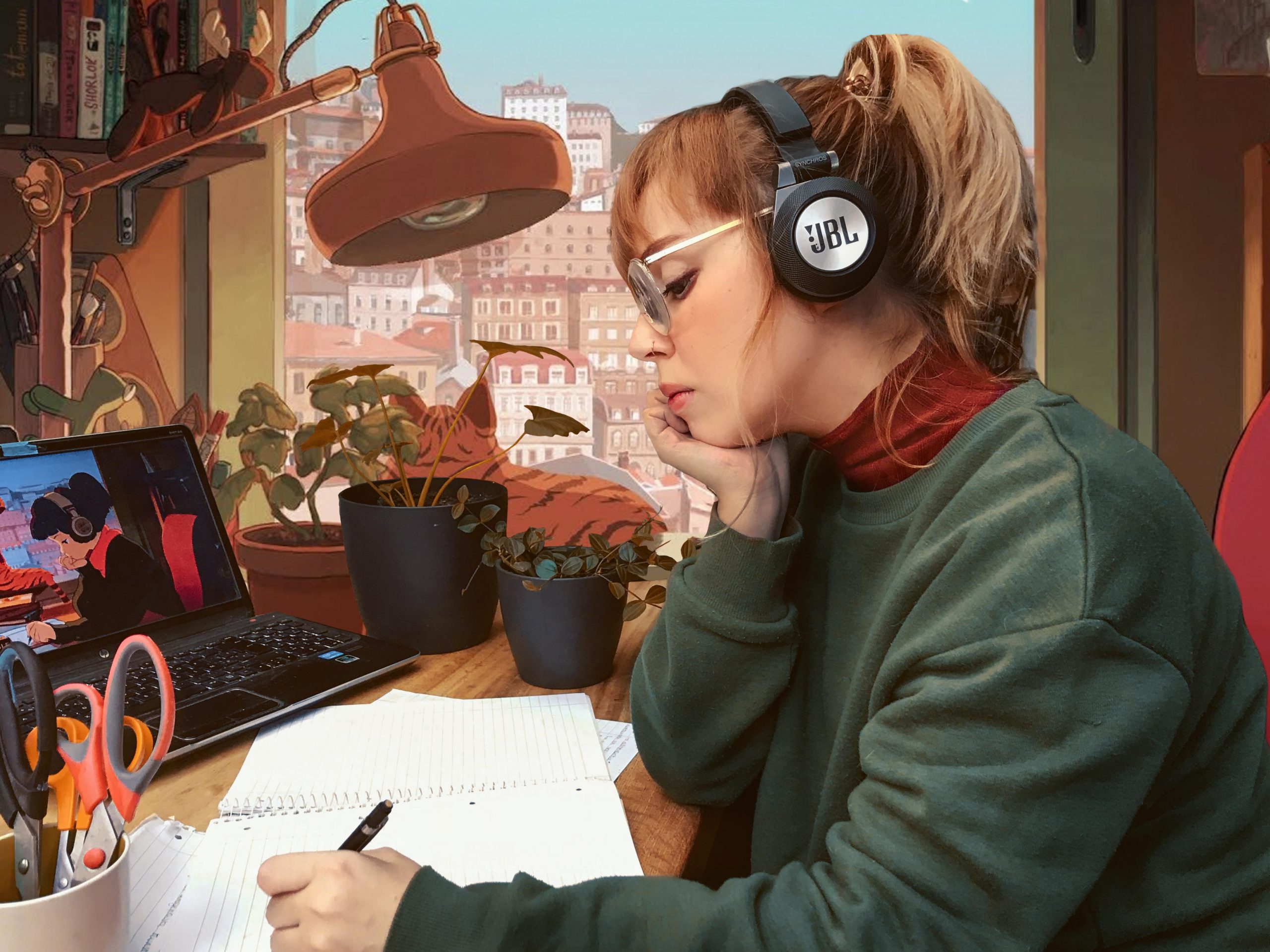Each of the genres that are stylised within urban music have a personality, a specific psychology that has its roots in the music production of each track up to the mixing and mastering. Each genre has a mood associated with it; a feeling; a state; a logic; in short, something that leads it to move in one way or another, and this is precisely what we are going to analyse today.
Rap
In the case of hiphop beats there needs to be a beat, a feeling that there is a constant push: that push is the kick drum. The mixing and mastering respects its punch and gives plenty of room for dynamics so that when you hear it you feel like you’re beating along with the track, whether it’s aggressive or powerful.
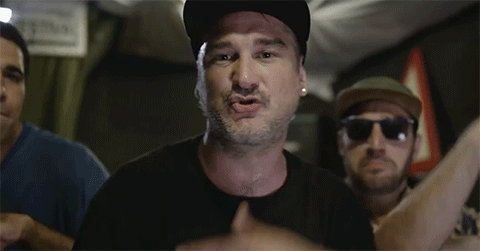
EDM and future bass
In this kind of genre, all the sounds are very excited, and the feeling is that the bass as well as the mid and high frequencies are always at the top of the volume. The mixing crushes the whole sound so that the most important sounds fill the whole frequency field and are on top of everything, and the mastering reinforces this by crushing it a little more with various types of compressions. The need here is to excite, as these are genres that want to transmit pure intensity and energy; they try to excite, to make you want to move like a madman.
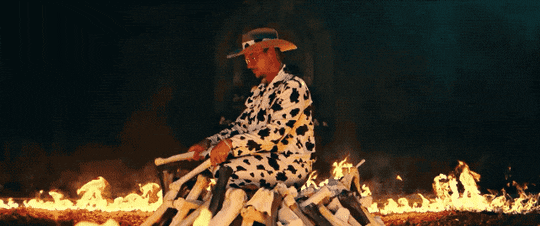
Trap
In trap beats the punch of the sub-bass is the most important thing. They have to be defined in an exaggerated way, and they have to be very compressed, while at the same time leaving some dynamic range for them to throb. Aggressiveness and forcefulness are what you are looking for. The other elements of the frequency field are present and compressed, but noticeably less present, bending to adapt to the peaks produced by the vocal tracks. That’s why in trap you feel like you’re listening to an 808 bass drum and a vocal, and the rest is just window dressing. The headroom is economised to the maximum in order to give priority to the most important elements, obtaining one of the most marked and influential economies of means in the whole urban music market.

Poprock
In Latin America and Spain we are very fond of a rather peculiar pop concept: poprock. It’s like synth pop but with rock guitars, bass and drums together with the synthesis and electronic sounds of the former. Here, although the bass is present, it gives the sensation of greater prominence to the midrange.
The search in this sense is for emotion, but without avoiding intensity. Therefore, the compressions are very strong and the overall volumes are very high, stretched to the maximum. The only difference with other urban genres is that the bass beat is not so aggressive (usually, of course). It is more something that is present driving the track, supporting underneath all the emotional construction that hovers over it: the instruments (orchestral sounds, synthesis, piano, maybe hammond, etc.) and the voice, with its second voices and harmonised chorus so typical within the genre.
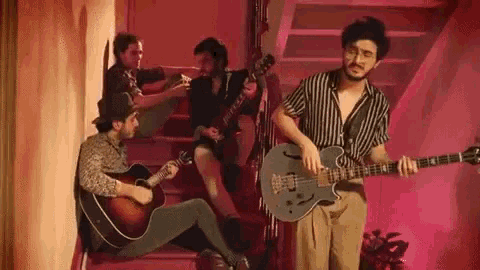
Afrobeat, zouk, dembow and derivatives
In all of them, the overriding imperative is the idea of sensuality, both in the lyrics and in what the instruments and mix suggest. We find very smooth sounds: very round basses and drums that have an intense presence but are not annoying or aggressive as would happen with some trap sounds, such as their snares, which are almost always filtered, accentuating parts of the frequency field that are uncomfortable/painful to the ear (those of these styles are sharp and round, simple and without excessive presence). We find instruments such as kalimba, vibraphone or marimba playing quiet chords, arpeggios and melodies. Flutes with a soft and pleasant timbre that incite relaxation. Therefore, the ones in this category are quiet but at the same time very intense genres.
In the beats of dembow (to give an example) the mixing and mastering reinforce all of the above by giving special importance to the bass. Instruments such as the marimba and the flute are hidden just as the ornamental details work, and just as in trap, everything is governed by voice, bass and bass drum (the components that most incite seduction). In some cases, the reverb on the percussive reed idiophones (vibraphone, xylophone, marimba, etc.) as in the track Cuaderno de Dalex, help to reinforce a Caribbean, metallic and sensual accompanying timbre.
Rnb, neosoul
With this kind of genre we would practically find the same case as in afrobeat, but the instruments that stand out in the middle frequencies tend to be more smooth, have a less metallic and more rounded timbre and sound in legato rather than in stacatto. And the sensuality here is carried in a slower and more romantic way than in the case of dembow, in whose lyrics and sound we find a more sexually oriented sensuality. In dembow, the attacks and cadences of each sound have to be fast.
In this case, the bass and the voice are on exactly the same plane as in Afrobeat, only the voice is usually higher and more penetrating; more melodic, because the transmission of emotions is deeper. In the case of rnb, this depth of voice comes from its derivative of soul, where the voices perform very similar melodic movements. The mix and the master highlight it with quality and soft compressions and equalisations that highlight the most pleasant frequency parts within this eternal search for an intimate and chill sound.
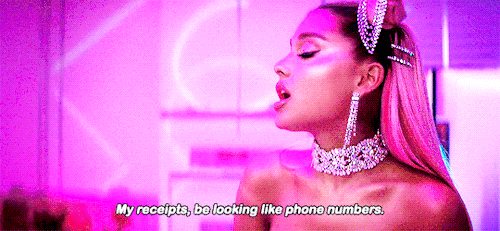
I hope this blog has helped you to better understand the worldview of some of the most peculiar urban genres. Remember that as well as a blog, I also make custom beats: if you are interested, take a look at the main tab of the page ?
Remember that you can buy a rap, trap, dembow, pop, r&b, dembow, reggaeton… beat! A la carte.
If you found this blog interesting, you might also like others like Los reggaetoneros saben más que tú de Einstein and Lo que te enamora de un bombo. See you next week!


